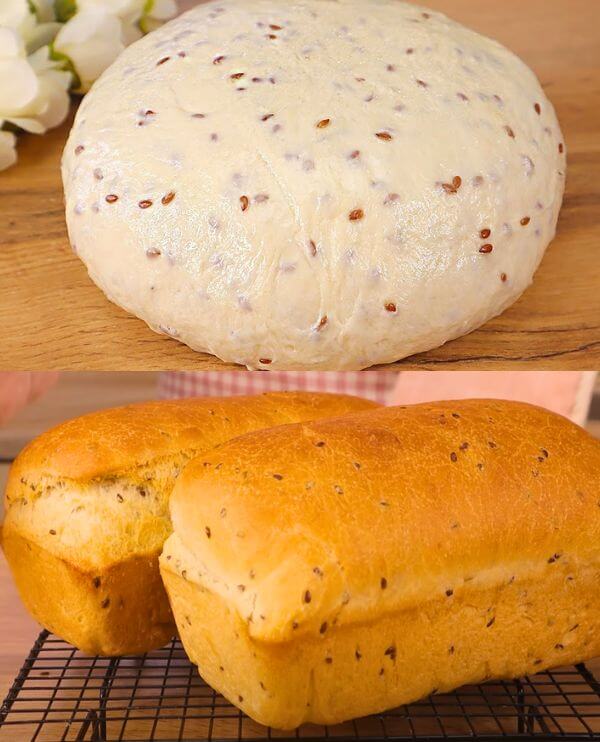Who can resist the aroma of freshly baked bread wafting through the kitchen? Imagine sinking your teeth into a warm, crusty loaf straight from the oven, with a hint of nostalgia reminiscent of Old German bakeries. In this article, we’ll delve into the art of crafting traditional Old German bread, step by step. From the humble ingredients to the heavenly taste, get ready to embark on a culinary journey that will delight your senses and transport you to the heart of Germany.
Introduction
Picture this: a quaint village in Germany, where the aroma of freshly baked bread fills the air, and each bite tells a story of tradition and heritage. That’s the essence of Old German bread—a culinary treasure cherished for generations. In this article, we’ll uncover the secrets behind crafting this timeless delight and guide you through the process, from kneading to baking.
The Legacy of Old German Bread
Old German bread isn’t just food; it’s a cultural symbol—a testament to the craftsmanship and dedication of generations past. Dating back centuries, German bakers perfected the art of breadmaking, passing down recipes and techniques through the ages. Today, the tradition lives on, with each loaf carrying the legacy of craftsmanship and quality.
Gathering the Ingredients
To embark on your journey to create Old German bread, you’ll need a handful of simple yet essential ingredients. Here’s what you’ll need:
- Warm Water: 2 cups (500 ml)
- Dry Yeast: 1 tablespoon (10 grams)
- Sugar: 1 tablespoon
- Sunflower Oil: 2 tablespoons
- Wheat Flour: 4 cups (500 grams), plus an additional 1 1/2 cups (200 grams)
- Salt: 2 teaspoons
- Flax Seeds: 2 tablespoons
Mixing and Kneading the Dough
With your ingredients at the ready, it’s time to dive into the heart of breadmaking. Follow these simple steps to mix and knead the perfect dough:
- Activate the Yeast: Combine warm water, dry yeast, and sugar in a large bowl. Let it sit until foamy.
- Add Ingredients: Mix in sunflower oil, sifted wheat flour, salt, and flax seeds until well combined.
- Knead the Dough: Gradually add the additional wheat flour while kneading until the dough is smooth and elastic.
Allowing the Dough to Rise
Patience is key when it comes to breadmaking. After kneading the dough to perfection, cover it and let it rise in a warm place for approximately 45 minutes. Witness the magic as it doubles in size, ready to transform into golden-brown goodness.
Shaping and Resting the Dough
Once the dough has risen, it’s time to shape it into loaves. Divide the dough into two equal parts and let them rest for an additional 20 minutes. This resting period allows the gluten to relax, ensuring a lighter, airy texture.
Preparing for Baking
As anticipation builds, preheat your oven to 180°C (350°F). Grease two casserole dishes with sunflower oil, ready to cradle your soon-to-be-baked masterpieces.
The Aroma of Baking
Ah, the moment you’ve been waiting for! As the bread bakes, your kitchen will be filled with an irresistible aroma that beckons all who pass by. After 30-35 minutes of baking, revel in the sight of perfectly golden loaves, tantalizingly crisp on the outside and soft on the inside.
Serving and Enjoying
Once baked to perfection, remove the bread from the oven and let it cool slightly before slicing. Whether enjoyed fresh with a smear of butter or paired with your favorite toppings, Old German bread promises a culinary experience like no other.
Conclusion
In a world of fast food and fleeting trends, Old German bread stands as a timeless classic—a testament to tradition, craftsmanship, and the simple joys of homemade goodness. With just a handful of ingredients and a sprinkle of patience, you can recreate the magic of German bakeries in your own kitchen.
FAQs about Old German Bread
1. What makes Old German bread unique?
Old German bread is characterized by its hearty texture, crusty exterior, and rich, earthy flavor. It’s often made with simple, wholesome ingredients and follows time-honored baking techniques.
2. Can I customize the recipe to suit my taste preferences?
Absolutely! While the basic recipe remains true to tradition, feel free to experiment with additional ingredients like nuts, seeds, or herbs to add your own personal touch.
3. How should I store leftover Old German bread?
To keep your bread fresh, store it in a paper bag or bread box at room temperature. Avoid storing it in plastic, as this can cause the crust to become soggy.
4. Can I freeze Old German bread?
Yes, Old German bread freezes well. Once cooled completely, wrap it tightly in plastic wrap and place it in an airtight container or freezer bag. Thaw at room temperature when ready to enjoy.
5. What’s the best way to reheat leftover bread?
To revive day-old bread, simply wrap it in aluminum foil and warm it in a preheated oven at 350°F for 10-15 minutes. This will help restore its crustiness and freshness.
Now that you’re armed with the knowledge and know-how, it’s time to roll up your sleeves and embark on your own Old German bread adventure. Happy baking!
